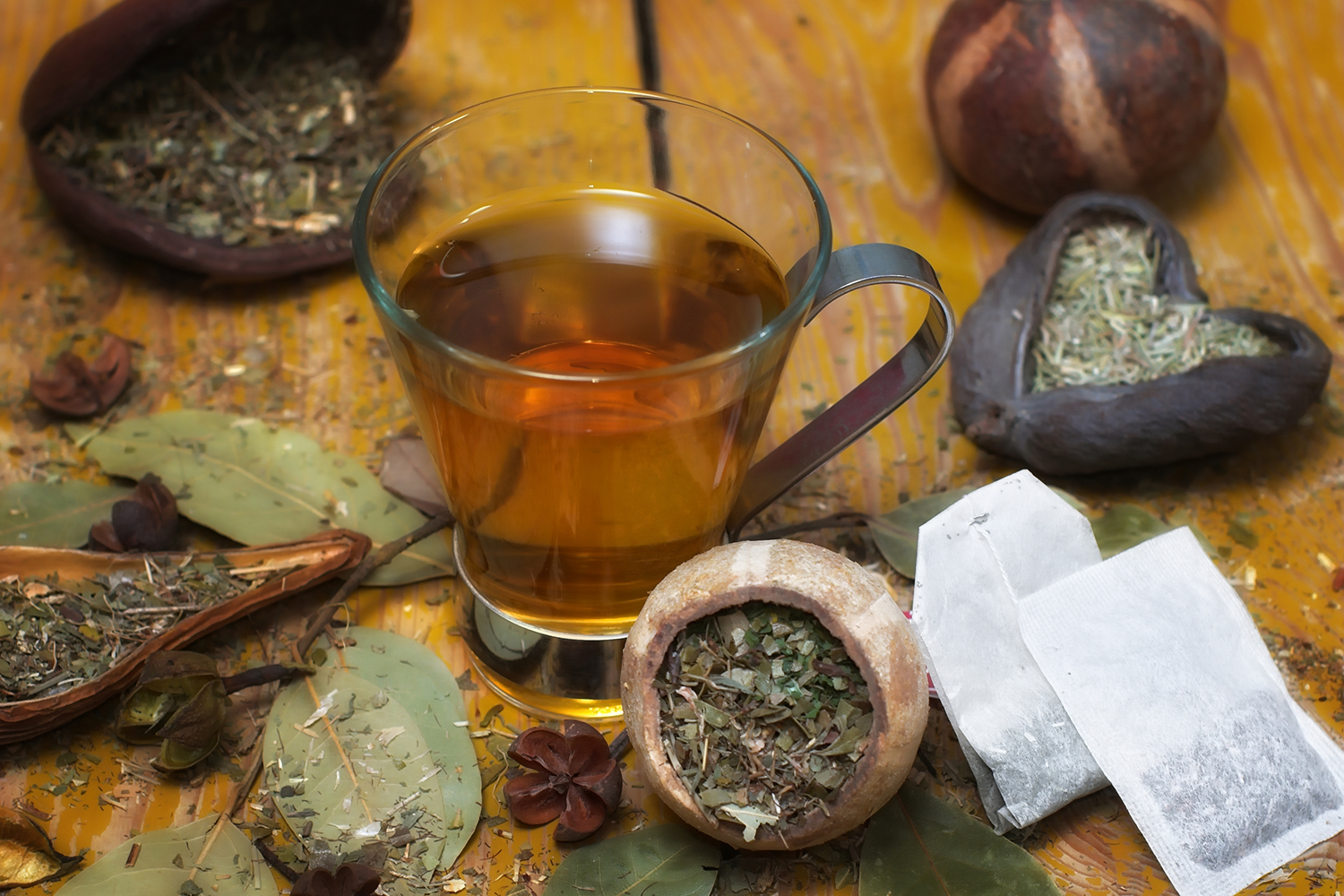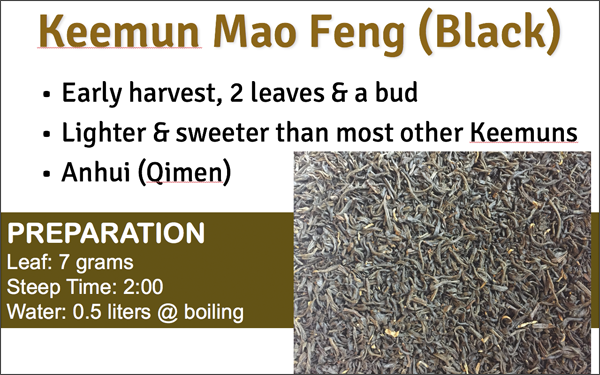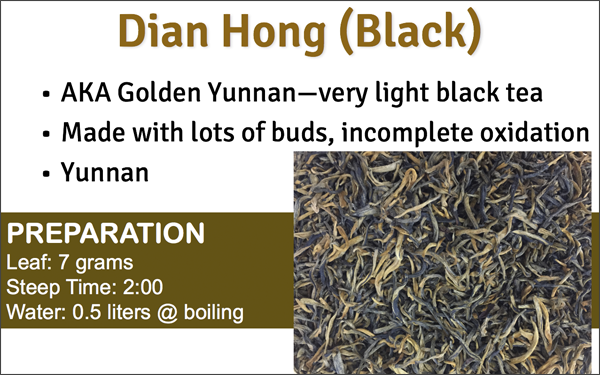The Evolution of Taste

What was the first tea you tasted? If you’re American, it was probably a cheap teabag filled with black tea dust, probably steeped for a long time and possibly drowned in milk and sugar.
If you have a taste for adventure, you probably tried a few other things later on. Earl Grey, perhaps, or possibly a pot of nondescript green tea at the Chinese restaurant down the street. Then maybe — just maybe — you stopped into your Friendly Neighborhood Indie Tea Shop™ and had your mind blown by an amazing oolong or a mind-blowing pu-erh. Now you want to taste all the tea!
Congratulations, you would have been the perfect candidate to join the tea tasting club at my old shop (Phoenix Pearl Tea), but let’s leave that for another blog post.
Thankful to have left that cruddy old Lipton behind, you plow forth into the tea world. You taste exotic green teas like genmaicha (roasted rice tea), hōjicha (roasted green tea), and kukicha (twig tea). You savor delicate white teas like silver needle. You chase down both sides of the pu-erh spectrum, sampling rich complex sheng and deep earthy shu. You try the full range of oolongs, from buttery jade to crisp Wuyi. You might even be lucky enough to find a tea shop with a yellow tea. Wow.
But you’ve left the black teas behind, your impressions tainted from those teabags you drank back before you became enlightened.
Yesterday, I taught a tea class on the teas of China. In it, we tasted all of the major tea styles, and sampled our way through five prime tea-growing provinces (Anhui, Fujian, Jiangsu, Yunnan, and Zhejiang). There were oohs and ahs over the bai mudan white, the roasted tieguanyin (Iron Goddess of Mercy) oolong, and the longjing (dragonwell) green. But do you know what stopped everyone cold in their tracks? The black teas.
I pulled out my favorite Keemun mao feng. If you’ve never tried one of these, stop reading now, buy yourself a bag, and come back. Ready? Okay. Let’s continue.

It’s easy to fall in the trap of considering black tea the “cheap stuff” and all of the other varieties the “good stuff” (except for that pond scum the Chinese restaurant down the street thinks of as green tea, but we’ll just ignore those guys). Nothing could be farther from the truth.
Keemun mao feng has a lot going on. It’s rich and complex, lighter than you’d expect, and if you consider grocery-store-brand teabags representative of black tea, this stuff will open your eyes. The people in my class kept commenting on how many layers of flavor this tea has, on how it changes as you hold it on your tongue, and the subtle sweetness they picked up in this (completely unsweetened) cup of tea.
Note, by the way, the steeping instructions in my slide above. You may like yours steeped longer than the two minutes I recommend. That’s fine. I’m no tea Nazi. Drink it the way you like it.
Next, we tried a dian hong, also known as a Golden Yunnan. It flips you clear across the flavor spectrum, with that color in the glass saying “oolong” as the flavor says “black tea.”

If you’re at this point in your exploration of the tea world, congratulations! You’ve left the cheap black tea behind and opened yourself up to a whole world of other tea styles. Now it’s time to come back home to black teas. Try the two I talked about above. Explore the vast difference between India’s tea-growing regions by drinking a first-flush Darjeeling, a hearty Assam, and a rich “bitey” Nilgiri. Sample the Rift Valley teas from Kenya (the largest tea exporting country in the world). Island hop with some Java and Sumatra tea. Drink a liquid campfire with a steaming cup of lapsang souchong.
Once you’ve experienced the range of flavors, textures, terroirs, and aromas from top-notch loose-leaf black teas, you’re still not done. Now is the time to turn your newly-expanded palate loose on some blended teas, like high-end English Breakfast. Go back and taste some of the flavored black teas like Earl Grey. Play with some masala chai and some tea lattes (try a strong Java tea made with frothed vanilla soy milk!). Start experimenting with iced tea, brewing it strong and pouring it over ice.
You may decide that you’ve moved on from black tea and that’s great. Or you may just find that you’ve developed a whole new appreciation for that stuff that got you started on tea in the first place.
As I write this, I’m sipping on a 2017 1st flush Darjeeling from Glenburn estate. It’s very different from last year’s, when the picking was delayed by heavy late rains. You’d swear this was oolong tea. It’s extremely different from teas picked at that estate later in the year. I don’t know what (if anything) we’re going to end up with for a 2018 1st flush, as many of the estates in Darjeeling were left in horrible condition after this summer’s strikes, so if you have some Darjeeling tea you like, don’t waste it!
Posted on 22 October 2017, in Styles and tagged black tea, Chinese tea, dian hong, dust, earl grey, golden yunnan, Keemun, Keemun Mao Feng, teabags. Bookmark the permalink. 2 Comments.
Stayed in China for two years (in Fuzhou, Fujian, to be exact), have tasted numbers of Chinese tea, but I haven’t tasted both Keemun Mao Feng and Dian Hong. Goodness! Definitely will try some. I love Tie Guanyin and Longjing, by the way.
Pingback: Friday Roundup: October 22nd - October 28th - Tea for Me Please